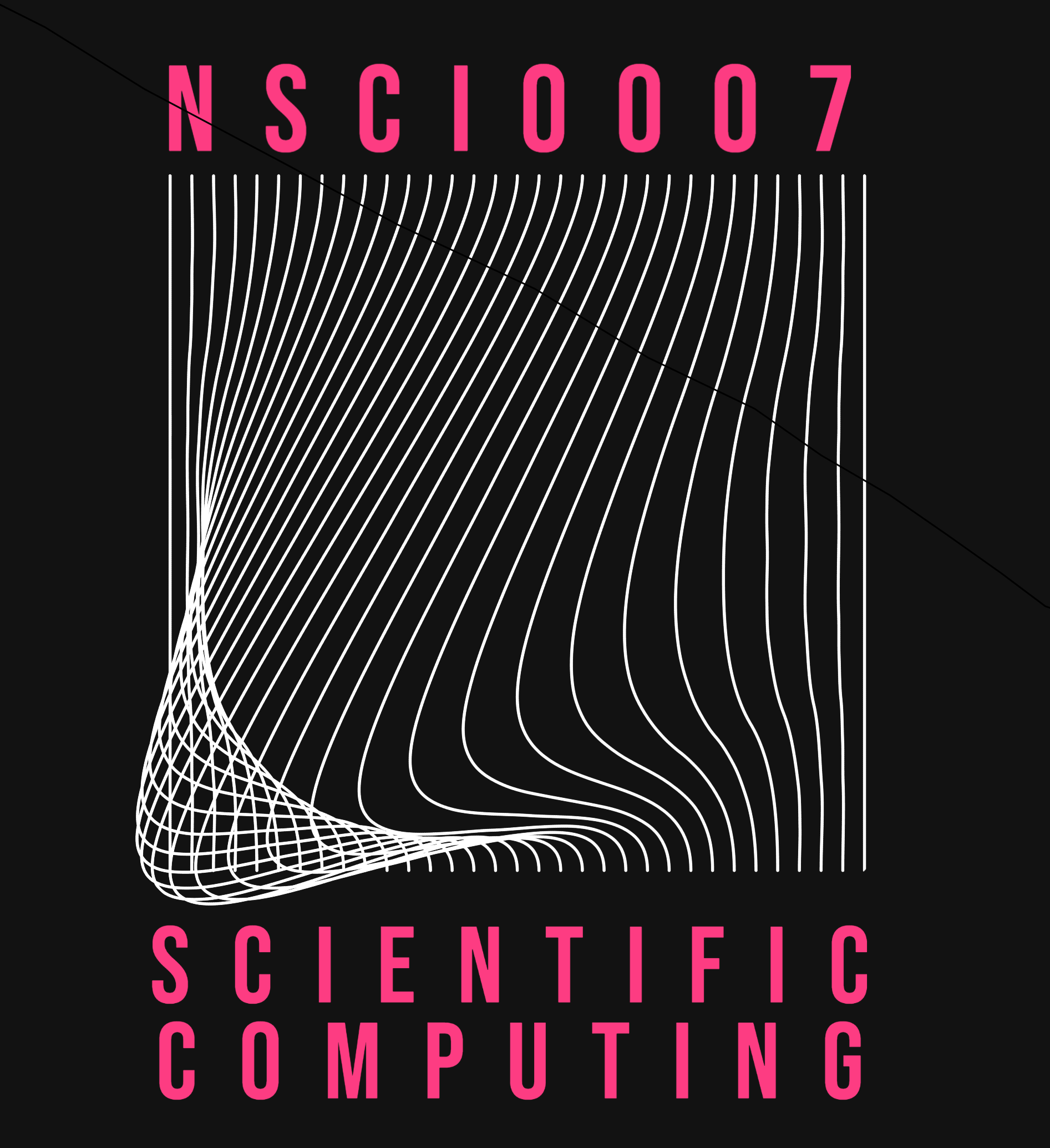Homework
Contents
2.4. Homework#
2.4.1. BZ Reaction#
The Belousov–Zhabotinsky reaction, or BZ reaction, is a chemical reaction which exhibits non-equilbrium dynamics. Under certain conditions, the BZ reaction results in oscillatory behaviour, as demonstrated in this video.
The BZ reaction can be modelled by the following equations, where \(X_i\) and \(Y_i\) are the concentrations of the two reactants X (red) and Y (colourless) at timestep \(i\). At each timestep, the concentrations of the two reactants change according to the difference equations below. Each timestep has a duration of one second.
Model the evolution of the chemical reaction for \(300\) seconds, assuming the initial concentrations are zero, and using the parameter values \(k_1=0.2,k_2 = 0.4, k_3 = 0.1\mathrm{~and~}k_4 = 0.3\).
Experiment with different values of \(k_1\). For what range of values of \(k_1\) does the reaction exhibit oscillations?
